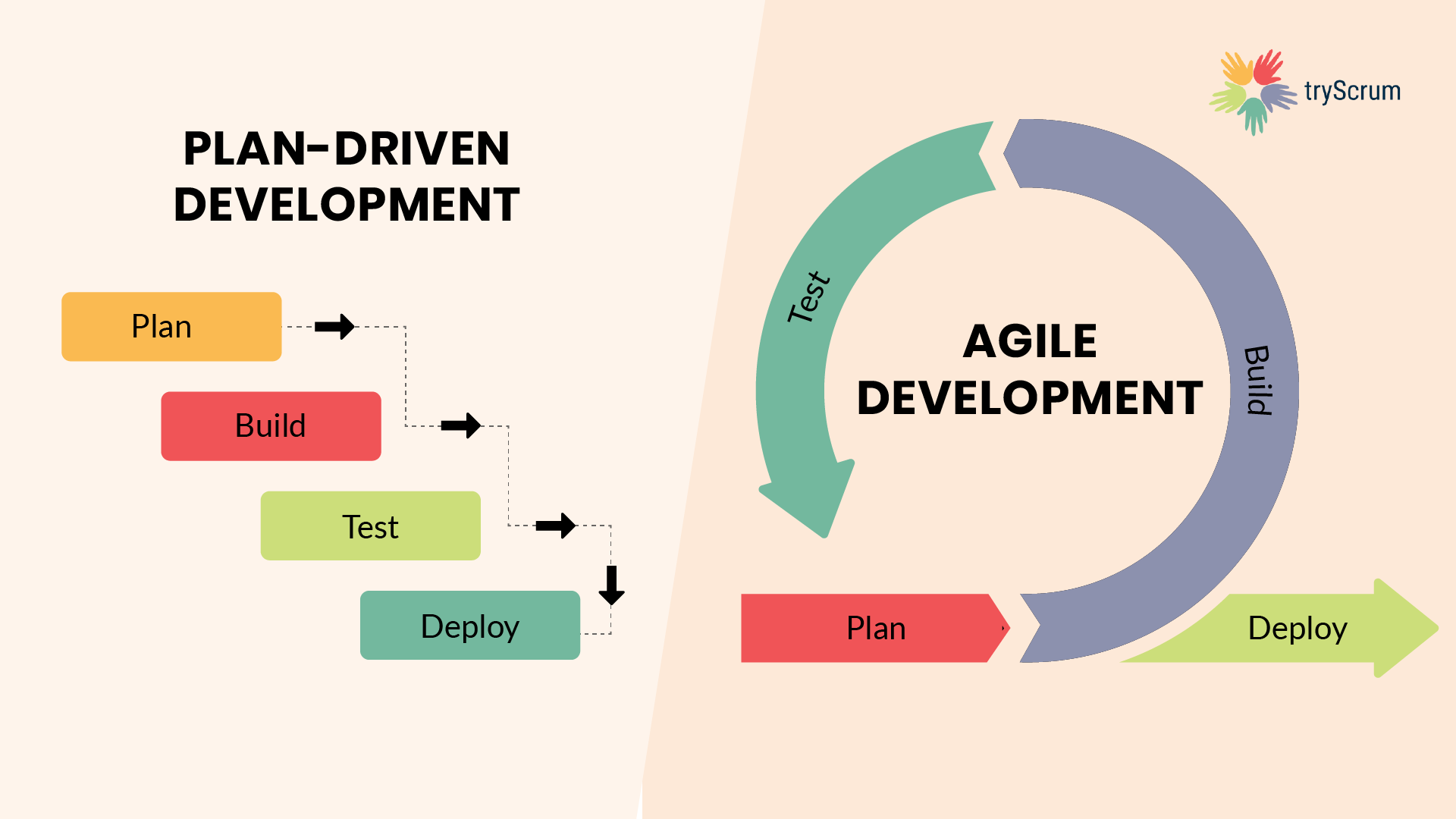CST 438 Week 7
WELCOME TO WEEK 7
Learning Journal - CST 438
This week I reviewed the differences between using an Agile process and a Plan and Document (Waterfall) process. In a Plan and Document approach, requirements are written as a detailed SRS during a dedicated requirements phase, with the expectation that they remain complete and stable for the rest of the project. Changes are handled through a formal change control process, which involves evaluating the impact on cost and schedule before updating documents, code, and tests. Design is completed after requirements and is intended to be stable, while cost estimates are based on person-weeks from past experience. Scheduling uses tools like PERT charts with periodic status meetings, and testing is split between developers writing unit tests and QA handling system and acceptance tests.
This week we focused on the Plan and Document approach and even had to complete an SRS as part of our work, which helped put these concepts into practice.


Comments
Post a Comment